Winter Aconite
Winter Aconite is not native to the UK but has become naturalised in woods, parks and roadsides. Its bright, glossy, yellow flowers are one of he first flowers of the year appearing just after the new year and lasting until about March.
| Hedgerow Type | |
| Common Names | Winter Aconite, Winter Aconite |
| Scientific Name | Eranthis hyemalis |
| Season Start | Jan |
| Season End | Dec |
Leaves
Throughout the year the lobed green leaves are present. They are made up of a few individual leaves that are split to varying degrees and produce an overall rounded leaf.
Flowers
A deep yellow, glossy, usually six petalled flower emerges from a ball shape, opening out but not all the flowers will open fully. Inside are the yellow anthers. The single flower is surrounded by a rosette or collar of light veined, green ‘leaves’ that are actually sepals around the flower bud. The individual ‘leaves’ are split down the middle to varying degrees.
Habitat
Woods, parks, gardens and roadsides. Likes sunny conditions with partial shade and grows in well drained soil.
Possible Confusion
The flowering plant is quite unique and difficult to confuse with anything but the tuberous root could be mistaken for a pignut. It is always good practice to make sure when you dig a pignut that the plant is still attached to the ‘nut’.
Frequency
Common
Other Facts
The Winter Aconite is in the Buttercup family, Ranunculaceae, all of which contain toxins but to varying degrees and differing toxins.

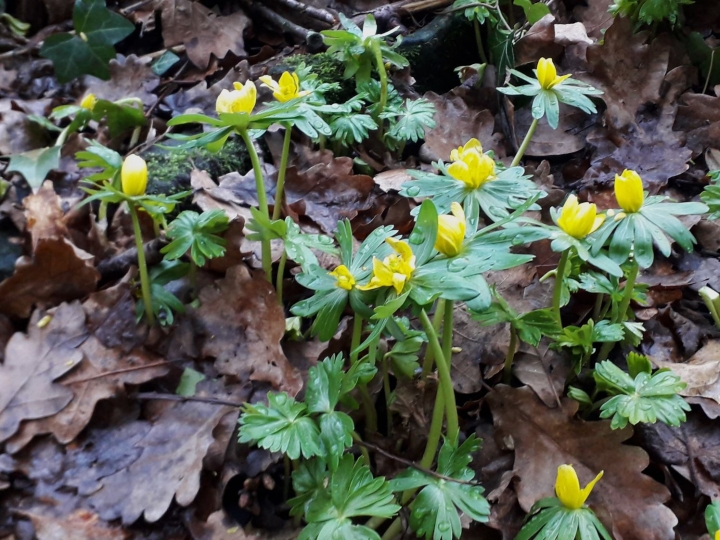
















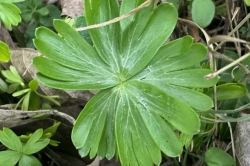
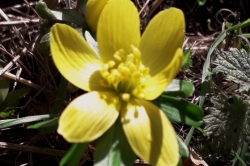
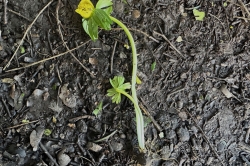
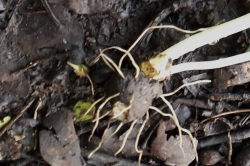
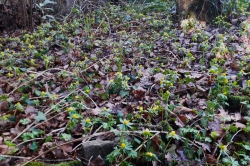
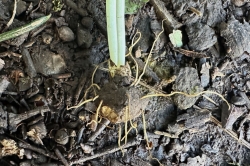





COMMENTS